14 Overnights 15 days
Specific Tour
10 people
___
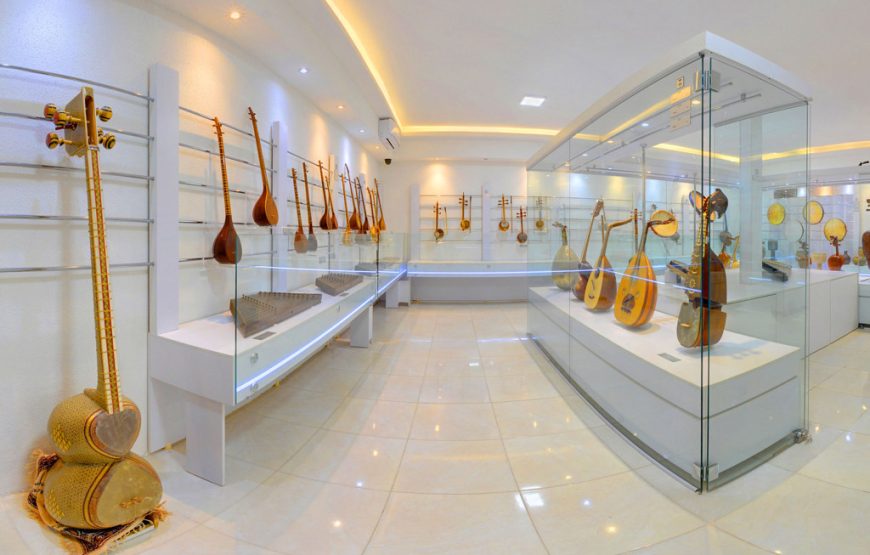
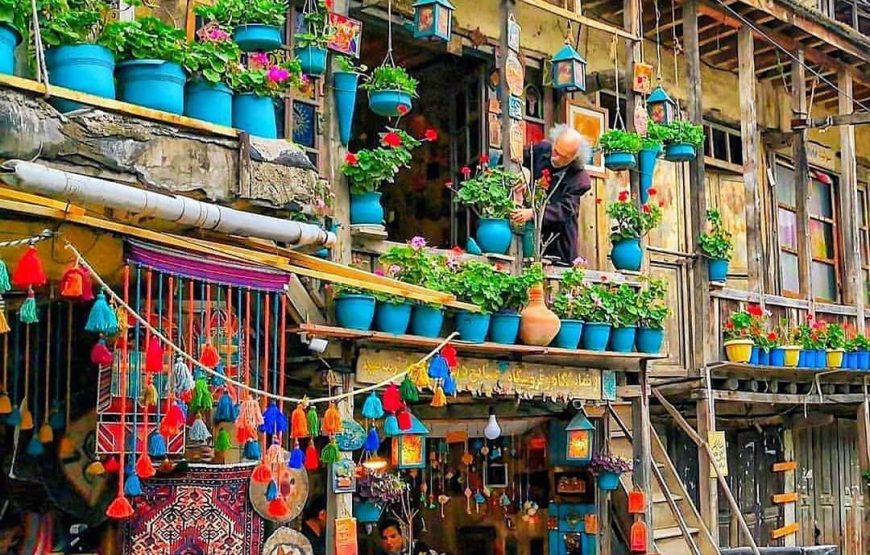
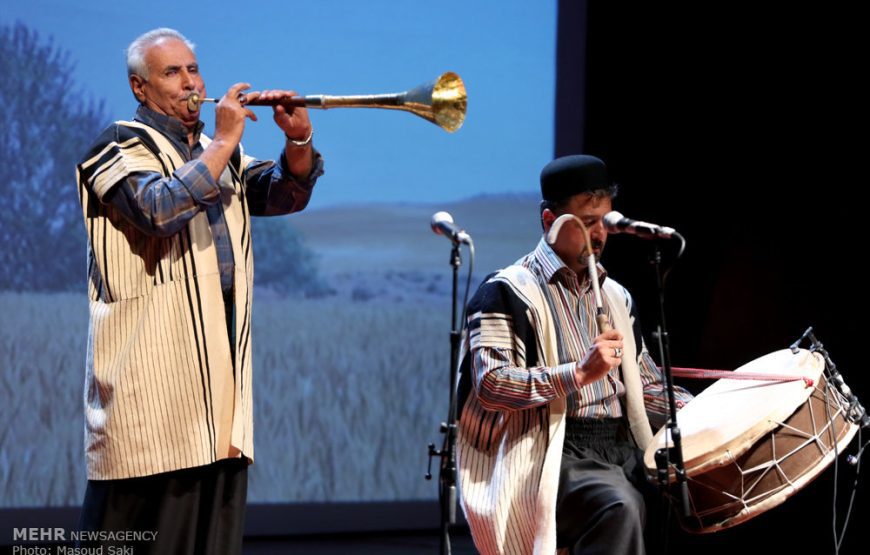
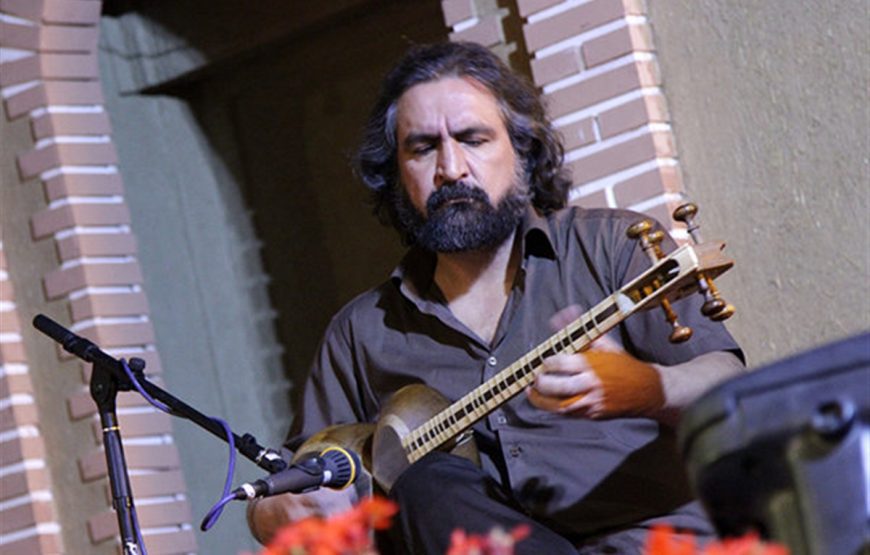
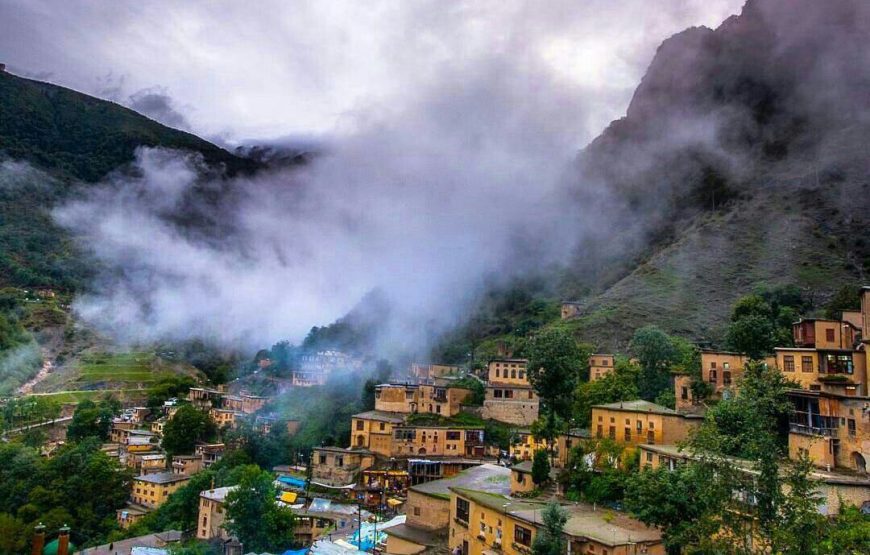
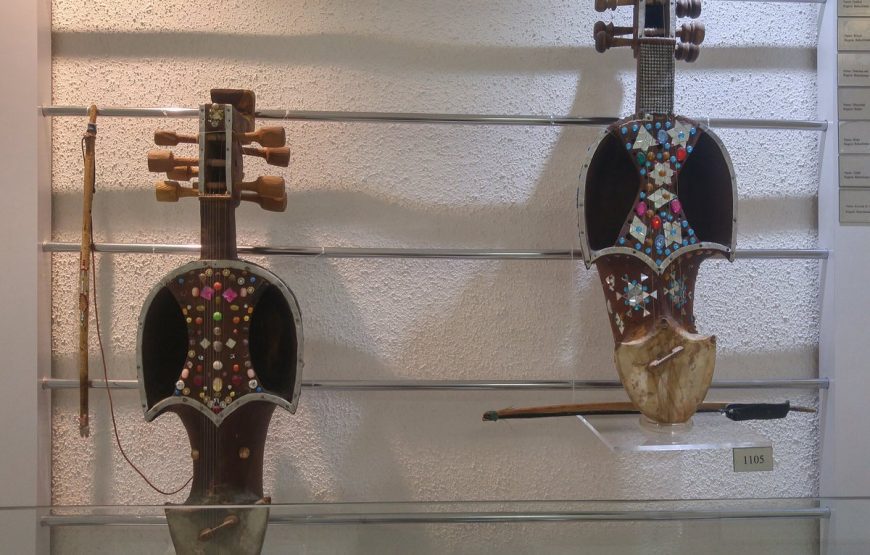
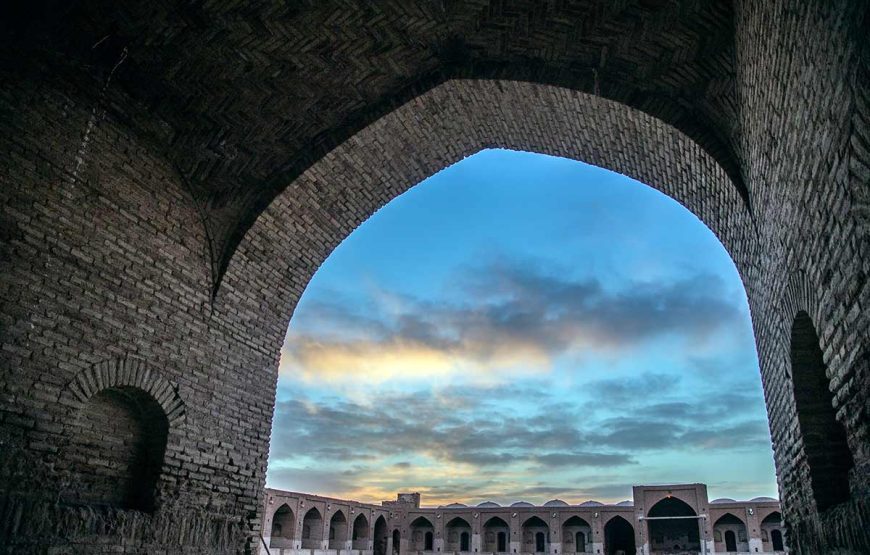
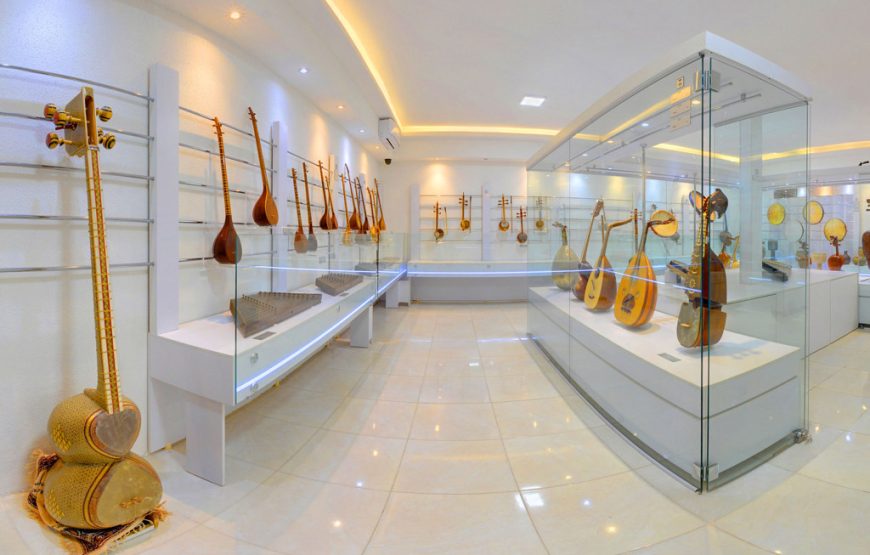
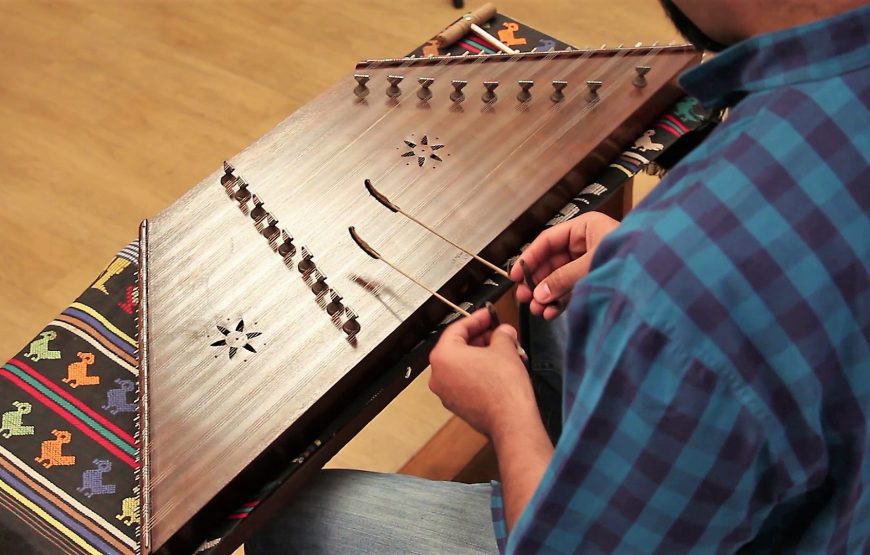
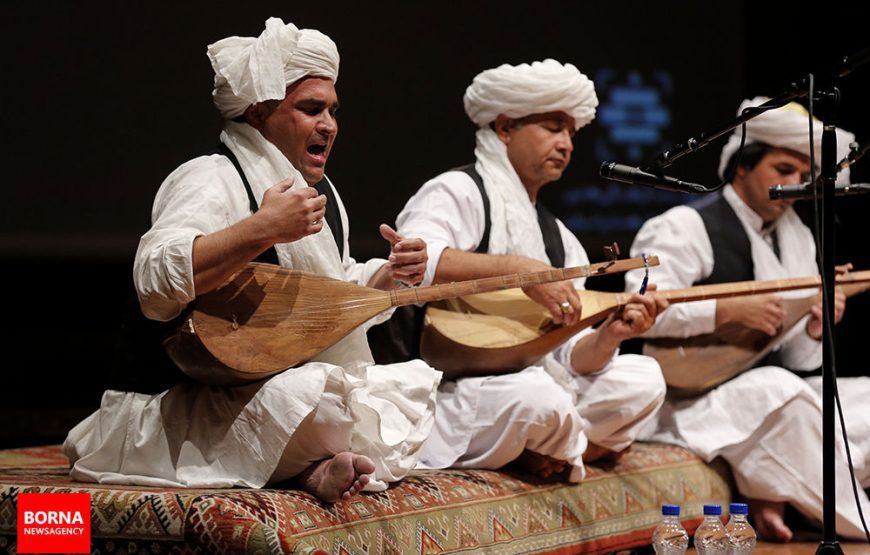
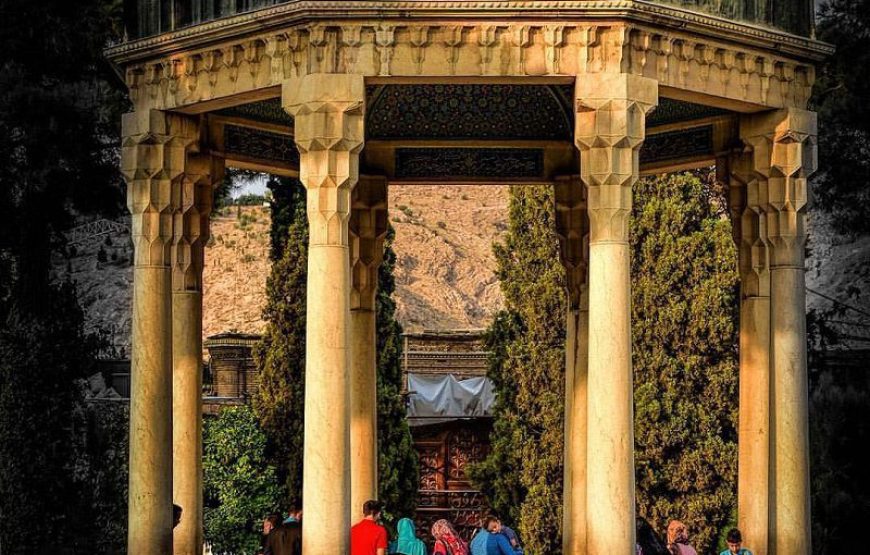
This tour is planned by Gate-of-Nations’ team to represent this view of Iranian culture to the world. In this tour, in addition to visiting the top cultural and natural destinations of Iran, almost every day a live musical performance is planned for tourists to enjoy and feel the history in the melody of the national and folklore music of Iran.
The Route is: Tehran 🚌 Qazvin 🚌 Gilan 🚌 Zanjan 🚌 Hamedan 🚌 Kermanshah 🚌 Lorestan 🚌 Khuzestan 🚌 Esfahan 🚌 Shiraz ✈ Mashhad ✈ Tehran
| Season | All around the year |
| DEPARTURE/RETURN LOCATION | Tehran/Tehran |
| Style | Culture |
| Hotel Rate | 4 star |
| Vehicle | Depends on the size of the group |
The original Iranian music, also known as Iranian traditional music and Iranian classical music, includes instrument (musical style system), melody (song) and song. This type of Iranian music, which existed before Christianity and has reached our time mostly by heart, is one of the prominent manifestations of Iran ‘s culture. The Radif (which means a collection of several traditional melodic figures) was inscribed on the UNESCO World Heritage List in October 2009 as the first independent Iranian intangible heritage.
This tour is planned by Gate-of-Nations’ team to represent this view of Iranian culture to the world. In this tour, in addition to visiting the top cultural and natural destinations of Iran, almost every day a live musical performance is planned for tourists to enjoy and feel the history in the melody of the national and folklore music of this country.
Also, in this tour you can touch the different climates of Iran from, the Caspian Sea and the amazing Hyrcanian forest (a natural world heritage) and the spectacular sceneries of Zagros mounts with sharp peaks and roaring rivers to the central parts of the country and desert.
Radif is not just a collection of melodies; it is a complex and rich musical tradition that embodies the cultural and artistic heritage of Iran. Its study and performance require a deep understanding of Persian music theory, history, and aesthetics. There are twelve principal dastgahs in Radif, each with its own mood and characteristics. These dastgahs are further divided into avaz, which are sub-modes or derivative modes.
Musicians memorize the Radif and use it as a basis for improvisation. The ability to creatively interpret and embellish the gushehs is highly valued. Radif was traditionally transmitted orally from master to student. This method of transmission has ensured the preservation of the musical heritage and its stylistic nuances. Learning Radif is essential for any musician who wishes to master Persian classical music. It involves rigorous training and deep understanding of the musical system.
Radif is traditionally played on classical Persian instruments such as the tar (a plucked string instrument), setar (a smaller plucked string instrument), kamancheh (a bowed string instrument), santur (a hammered dulcimer), and ney (an end-blown flute). There is also a vocal Radif, where singers use the same gushehs and dastgahs to perform vocal improvisations and compositions.
| # | Discount group | From (Person) | To adult | Value |
|---|---|---|---|---|
| 5 | 1 Person | 1 | 1 | €0 |
| 1 | 2 Persons | 2 | 2 | €3580 |
| 2 | 3 Persons | 3 | 3 | €6120 |
| 3 | 4 Persons | 4 | 4 | €9160 |
| 4 | 5 Persons | 5 | 5 | €11450 |
| 6 | 6 Persons | 6 | 6 | €13740 |
| 7 | 7 Persons | 7 | 7 | €19530 |
| 8 | 8 Persons | 8 | 8 | €22320 |
| 9 | 9 Persons | 9 | 9 | €25110 |
| 10 | 10 Persons | 10 | 10 | €27900 |
On the way to the northern part of the country, an amazing experience makes us stop near Qazvin, where you have this chance to play a couple of ancient instruments. A musician lives there, a master with the knowledge of decades of research about ancient music of Iran and you will hear the story of the ancient music of Iran while hearing him play ancient harps of Persia for you. You will see: Master Shokri's workshop You will Experience: Playing ancient harps of Persia Distances: Tehran to Rasht is 320km (about 4 hours) Accommodation: A 4star hotel in Rasht
Leaving Guilan driving through mount Alborz to Zanjan province, where Turkish people live. Visiting the third largest dome in the world is in the itinerary for this day. In the afternoon we have a live performance to present Avaz-e Bayat-Turk and Afshari (two of the melodic figures in the national music of Iran). You will see: Soltaniyeh Dome (a UNESCO World Heritage) You will Experience: Visiting the largest brick-made dome in the world. Being stunned at the magical melody of Iranian national music. Distances: Rasht to Zanjan is 200km (about 4 hours) Accommodation: A 4star hotel in Zanjan
Before saying goodbye to Kermanshah, we have a look at an ancient site with fascinating reliefs and inscriptions and then have a drive to Lorestan province to stay one night there, and finally visit an amazing ancient fortress and an anthropology museum. The day ends with a live performance to present the folk music and instruments of Lurs as well as Dastgah-e Mahour (one of the melodic figures in the national music of Iran). You will see: Taq-Bistan bas-reliefs, Falak-Al-Aflak fortress and castle You will experience: Lurish folk music, telling us their story through history Distances: Kermanshah to Khorram-Abad is 200km (about 3 hours) Accommodation: A 4star hotel in Khorram-Abad
Driving to Shiraz, city of mystery and poetry. But, three amazing sites on the way will make our day. The first one is the tomb of Cyrus and the remains of his glorious capital. The next one is a burial complex with a terrific size of tombs and reliefs on the rocks. And finally the most famous heritage of Iran, a piece of Persian Empire in 500 BC. The day ends at the hotel in Shiraz. You will see: Pasargadae (UNESCO world heritage), Naqsh-Rostam (Necropolis), Persepolis (UNESCO world heritage) You will experience: The impressive structures of Persian Empire Distances: Isfahan to Shiraz is 460km (about 5 hours) Accommodation: A 4star hotel in Shiraz
A full-day sightseeing in Shiraz, a city with amazing gardens and charming people. We visit a couple of monuments there including colorful mosques and gardens, amazing castle and Bazaar and also two famous poets’ mausoleums, which are very popular for the Iranians and whose poems are usually used by the traditional or even modern musicians. The day ends with a live performance to represent two melodic figures (Bayat-e Shiraz and Dastgah-e Nava) of the national music of Iran. You will see: The pink mosque, Narenjestan and Eram gardens (UNESCO world heritage), Karmikhani citadel, Bazaar, Hafez and Saadi mausoleums You will experience: Walking in beautiful gardens of Shiraz Accommodation: A 4star hotel in Shiraz
Leaving the southwest of Iran to the northeast, Khorasan province. Driving directly from Mashhad to Neyshabur, a town next to Mashhad, on the ancient Silk-road and Neyshabur was an important town in the history of Persia. There, we visit two mausoleums of two famous poets. One was a Sufi and a great mystic man and the other one was a great mathematician, astronomer, and philosopher as well. Also, a different live performance is waiting for us. This day you meet the folk music of Khorasan and "Dotar" (the folk instrument of Khorasan region). Late in the evening, when we are in Mashhad again, we visit the largest mausoleum of Iran "Imam-Reza holy shrine". You will see: Omar-Khayyam and Attar mausoleums, Imam-Reza holy shrine You will experience: The difference in the melody of Khorasan and "Dotar" Being amazed at the size and decoration of the holy shrine Distances: Duration of the flight is 1 hour and half. Mashahd to Neyshabur is 120km (about 1 hour and half) Accommodation: A 4star hotel in Mashhad